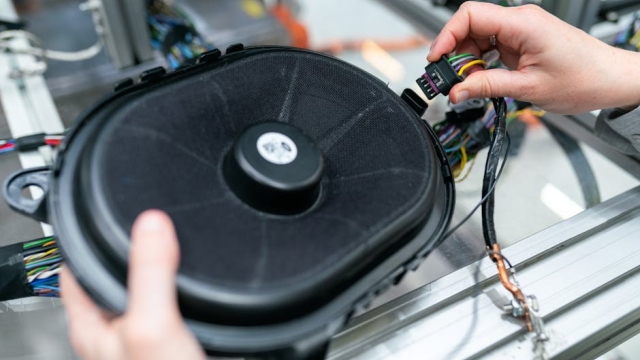
Types of Doggie Doors

For pet owners, the convenience and freedom offered by doggie doors can be life-changing. These handy installations allow dogs to come and go as they please, providing them the opportunity to explore the outdoors, relieve themselves, or simply enjoy some fresh air without requiring constant supervision. Not only does this enhance your pet’s quality of life, but it also gives pet owners peace of mind, knowing their furry friends are not confined indoors. In this guide, we will explore the various types of Doggie doors available, provide a step-by-step installation guide, and highlight local services in Austin and Houston for purchasing and installing these beneficial additions to your home.
Types of Doggie Doors
Doggie doors come in a variety of styles and sizes, making it essential to choose one that fits your home and your dog’s needs. Understanding the different types can help you make an informed decision.
Flap Doggie Doors
These are the most common type of doggie doors and consist of a flexible flap that swings open when your dog pushes against it. Ideal for small to medium-sized breeds, flap doors are versatile and can be installed in doors, walls, or even sliding glass doors.
Electronic Doggie Doors
For pet owners concerned about security or welcoming unwanted animals, electronic doggie doors offer a great solution. These doors operate on a sensor that only unlocks for pets wearing a special collar key. This ensures that only your dog has access to the outdoors, providing peace of mind while keeping other animals at bay.
Wall-Mounted Doggie Doors
These doors are designed to be installed into a wall rather than a door, making them an excellent choice for homes where door installation is not feasible. They come in various sizes, accommodating different dog breeds, and can be insulated to maintain energy efficiency.
Sliding Glass Door Doggie Doors
If you have sliding glass doors, consider a sliding door insert that incorporates a doggie door. This option allows for seamless integration into your existing door without permanent alterations. It’s suitable for small to medium-sized dogs and maintains the aesthetics of your home.
Step-by-Step Guide to Installing a Doggie Door
Installing a doggie door can be a straightforward DIY project. Here’s a comprehensive guide to help you through the process:
Step 1: Choose the Location
Select a spot that is easily accessible for your dog and does not interfere with your home’s layout. Ensure that the area is free from obstructions.
Step 2: Measure Your Dog
Measure your dog from the ground to their shoulders while they are standing. Choose a doggie door that is at least 2 inches taller than this measurement to ensure comfort and ease of use.
Step 3: Purchase the Door
Once you have chosen the type and size of your doggie door, purchase it from a reliable source. Local services in Austin and Houston can provide a range of options tailored to your needs. For instance, you can visit Portal Pros for quality products and expertise.
Step 4: Prepare the Installation Site
Mark the outline of the doggie door on the door or wall. Use a level to ensure that the door will be straight. Cut out the marked area following the manufacturer’s instructions.
Step 5: Install the Doggie Door
Follow the manufacturer’s guidelines for installation. Secure the door in place and ensure that it opens and closes smoothly. If necessary, add weather stripping to help with insulation.
Local Services in Austin and Houston
When it comes to purchasing and installing doggie doors, local services in Austin and Houston offer a variety of options. Many companies specialize in pet door installations and can provide professional advice on the best type of door for your home and pet. Look for reputable providers who can assist with both the purchase and installation process, ensuring that your new doggie door is installed correctly and efficiently.
In conclusion, doggie doors are an excellent investment for pet owners looking to enhance their dogs’ freedom and comfort. By understanding the types available, following the installation guide, and utilizing local services, you can create a more enjoyable living environment for both you and your furry friend.
